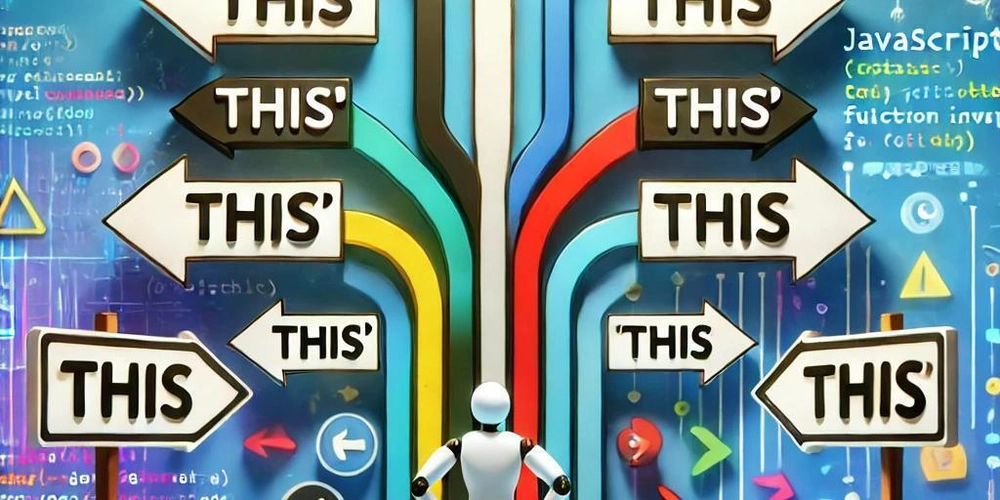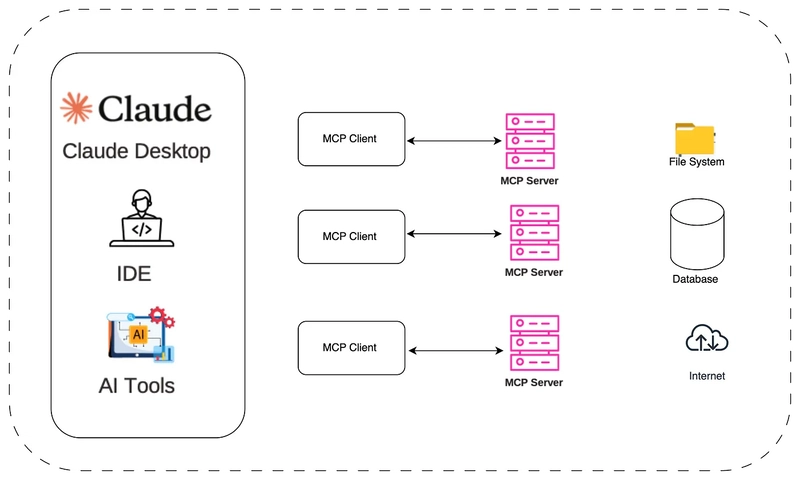"This" is Not What You Think: A Real-World Guide to the JavaScript this Keyword
If you've ever found yourself debugging JavaScript and yelling, "Why is this undefined?!", you're not alone. The this keyword is one of the most misunderstood concepts in JavaScript. It's like that friend who acts differently depending on the situation—sometimes reliable, sometimes confusing, and occasionally just missing in action. But don’t worry! In this blog, we’ll break down this in a fun way with real-world use cases, common pitfalls, and solutions to save you from the dreaded undefined is not a function errors. Understanding this: The Golden Rule The value of this depends on how a function is called, not where it's written. Think of this like a restaurant waiter: If you call them politely, they serve you well. If you shout from across the street, they might ignore you. If they’re not assigned to your table, they don’t know what to do. In JavaScript, the context of this changes depending on where and how a function is called. Use Case 1: this in Objects Scenario: You’re building a simple user profile object that logs the username. const user = { name: "Alice", greet: function () { console.log(`Hello, my name is ${this.name}`); } }; user.greet(); // ✅ Hello, my name is Alice

If you've ever found yourself debugging JavaScript and yelling, "Why is this undefined?!", you're not alone. The this keyword is one of the most misunderstood concepts in JavaScript. It's like that friend who acts differently depending on the situation—sometimes reliable, sometimes confusing, and occasionally just missing in action.
But don’t worry! In this blog, we’ll break down this in a fun way with real-world use cases, common pitfalls, and solutions to save you from the dreaded undefined is not a function errors.
Understanding this: The Golden Rule
The value of this depends on how a function is called, not where it's written.
Think of this like a restaurant waiter:
- If you call them politely, they serve you well.
- If you shout from across the street, they might ignore you.
- If they’re not assigned to your table, they don’t know what to do.
In JavaScript, the context of this changes depending on where and how a function is called.
Use Case 1: this in Objects
Scenario: You’re building a simple user profile object that logs the username.
const user = {
name: "Alice",
greet: function () {
console.log(`Hello, my name is ${this.name}`);
}
};
user.greet(); // ✅ Hello, my name is Alice









































































































































































![[The AI Show Episode 142]: ChatGPT’s New Image Generator, Studio Ghibli Craze and Backlash, Gemini 2.5, OpenAI Academy, 4o Updates, Vibe Marketing & xAI Acquires X](https://www.marketingaiinstitute.com/hubfs/ep%20142%20cover.png)


























































































































![[FREE EBOOKS] The Kubernetes Bible, The Ultimate Linux Shell Scripting Guide & Four More Best Selling Titles](https://www.javacodegeeks.com/wp-content/uploads/2012/12/jcg-logo.jpg)



![From drop-out to software architect with Jason Lengstorf [Podcast #167]](https://cdn.hashnode.com/res/hashnode/image/upload/v1743796461357/f3d19cd7-e6f5-4d7c-8bfc-eb974bc8da68.png?#)







































































































.png?#)




.jpg?#)
































_Christophe_Coat_Alamy.jpg?#)
 (1).webp?#)








































































































![Rapidus in Talks With Apple as It Accelerates Toward 2nm Chip Production [Report]](https://www.iclarified.com/images/news/96937/96937/96937-640.jpg)







































































































































